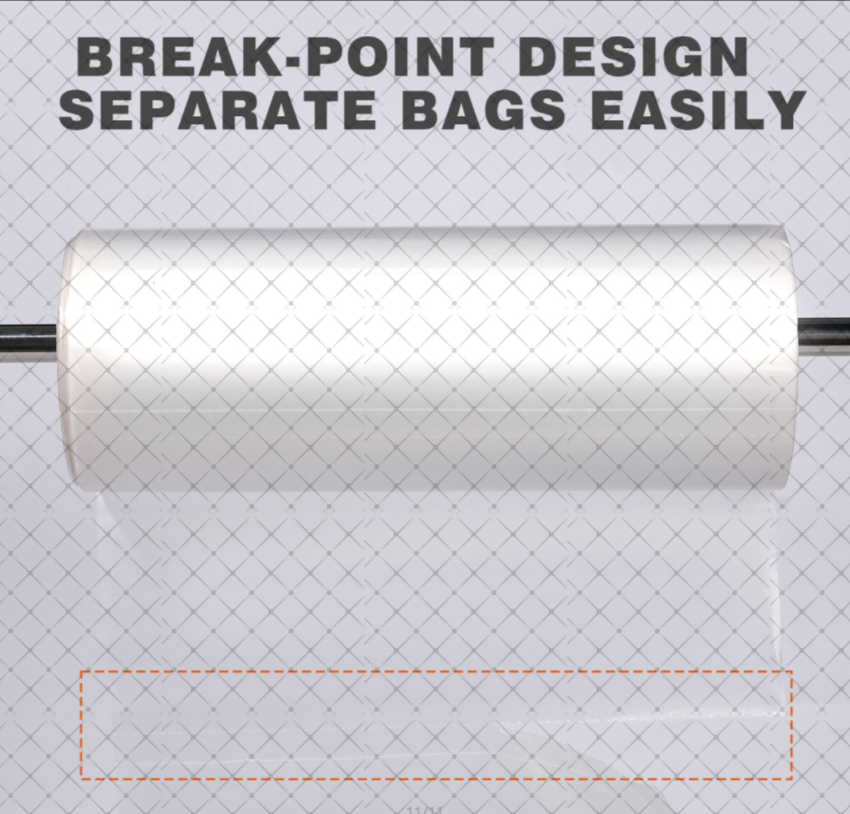biodegradable display bags
Biodegradable Display Bags A Sustainable Future for Retail Packaging
In recent years, the environmental impact of packaging materials has gained significant attention. As consumers become increasingly aware of the ecological challenges posed by traditional plastic products, the demand for sustainable alternatives rises. One such solution that has surfaced is biodegradable display bags, which offer an environmentally friendly option for retailers and consumers alike. This article explores the benefits, composition, and future potential of biodegradable display bags in promoting sustainable practices in the retail industry.
The Need for Sustainable Packaging
Plastic pollution has reached alarming levels, with millions of tons of plastic waste entering our oceans and landfills every year. Traditional plastic bags, often made from petroleum-based resources, can take hundreds of years to decompose, leading to devastating consequences for wildlife and ecosystems. As a result, the retail industry is under increasing pressure to adopt more sustainable packaging practices that reduce environmental harm.
Biodegradable display bags, designed to hold and showcase products while minimizing environmental impact, are emerging as a viable alternative. These bags break down more efficiently than conventional plastics, offering a solution that aligns with the growing demand for eco-friendly products.
What Are Biodegradable Display Bags?
Biodegradable display bags are typically made from natural materials such as cornstarch, potato starch, or other plant-based polymers. Unlike traditional plastic bags that are derived from fossil fuels, these biodegradable options are designed to decompose naturally through the action of microorganisms, breaking down into non-toxic components. This process occurs within a few months to a couple of years, depending on the environment in which the bags are disposed of.
The composition of biodegradable display bags contributes to their appeal. Manufacturers often produce these bags with minimal or no harmful chemicals, making them safer for both consumers and the environment. Furthermore, they can often be produced using renewable resources, limiting the depletion of natural resources and the overall carbon footprint associated with production.
Benefits of Biodegradable Display Bags
biodegradable display bags

1. Environmental Friendly The primary advantage of biodegradable display bags is their reduced impact on the environment. With a significantly shorter decomposition time compared to traditional plastic, these bags help mitigate plastic pollution.
2. Consumer Appeal As awareness of environmental issues grows, consumers are increasingly seeking products that align with their values. Retailers offering biodegradable display bags demonstrate their commitment to sustainability, enhancing brand loyalty and attracting environmentally conscious customers.
3. Versatile and Practical Biodegradable display bags come in various sizes and styles, making them suitable for a wide range of retail applications. Whether for small boutique items or larger products, these bags can effectively showcase merchandise while providing a practical solution for packaging.
4. Regulatory Compliance Many regions are implementing stricter regulations on single-use plastics. By transitioning to biodegradable display bags, retailers can not only comply with these regulations but also position themselves as proactive leaders in sustainability.
Future Potential
The market for biodegradable packaging is expected to continue growing as technology advances and more consumers demand sustainable options. Innovations in material science could lead to the development of even more efficient biodegradable alternatives, further enhancing their appeal and functionality.
Retailers and manufacturers must collaborate to educate consumers about the benefits of biodegradable display bags, ensuring they understand the importance of proper disposal to maximize the environmental advantages. Eco-education campaigns can promote responsible behavior, encouraging consumers to dispose of these bags correctly so that they can decompose as intended.
Conclusion
In conclusion, biodegradable display bags represent a significant step toward reducing the environmental impact of retail packaging. As we become more aware of the effects of plastic pollution, the shift towards sustainable materials is not just favorable but necessary. By adopting biodegradable options, retailers can play a vital role in fostering a greener planet while meeting the demands of eco-conscious consumers. The future of retail packaging looks promising with biodegradable display bags leading the charge toward sustainability.
-
The Best Uses for Small Trash Bags in Daily LifeNewsJul.01,2025
-
Stylish Reusable Grocery Bags TrendsNewsJul.01,2025
-
Shipping Advantages of Using Bubble Envelopes BulkNewsJul.01,2025
-
How Compostable Mailing Bags Reduce Environmental ImpactNewsJul.01,2025
-
Environmentally - Friendly Bulk Poly MailersNewsJul.01,2025
-
Eco Friendly Custom Laminated Tote BagsNewsJul.01,2025
-
Have the freedom of customizing your custom mailers any way you want! Our dedicated packaging support will help deliver you the mailing experience you need to elevate your shipping experience to the next level! Start making a strong impression on your customers and stand out from your competitors! -
LIYA uses high quality raw materials which directly purchased from large enterprises domestic and overseas such as PetroChina, Sinopec, Sabic, Equate, ExxonMobil, Dow Chemical, Total, and Borouge, ensuring the price advantage and quality of the raw materials. -
LIYA uses high quality raw materials which directly purchased from large enterprises domestic and overseas such as PetroChina, Sinopec, Sabic, Equate, ExxonMobil, Dow Chemical, Total, and Borouge, ensuring the price advantage and quality of the raw materials.





